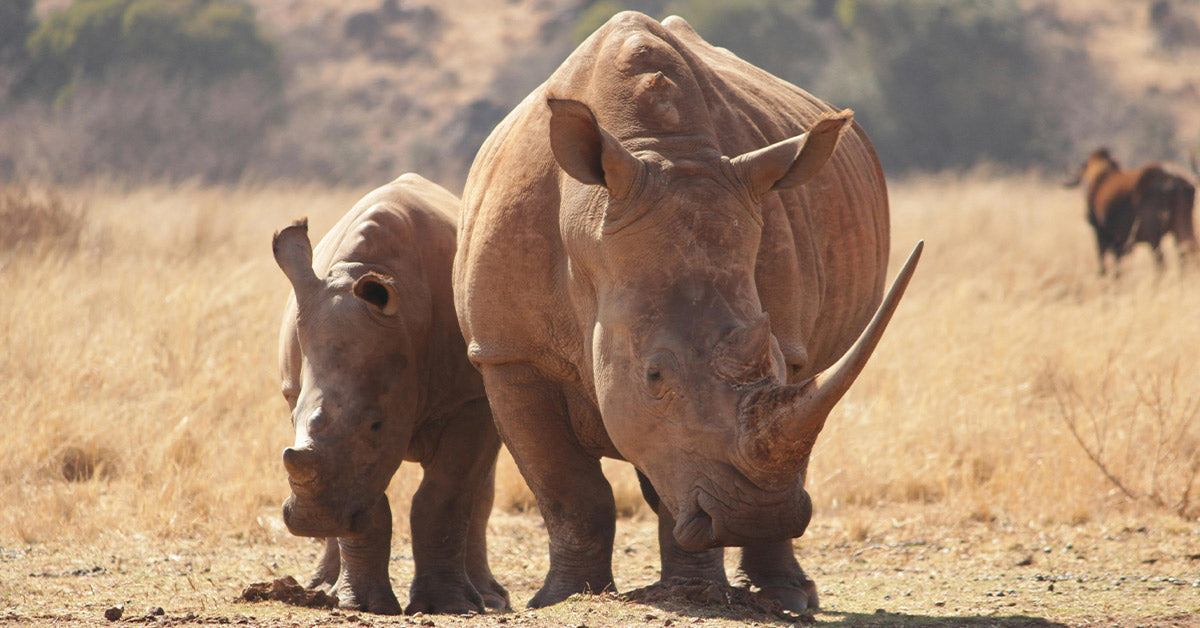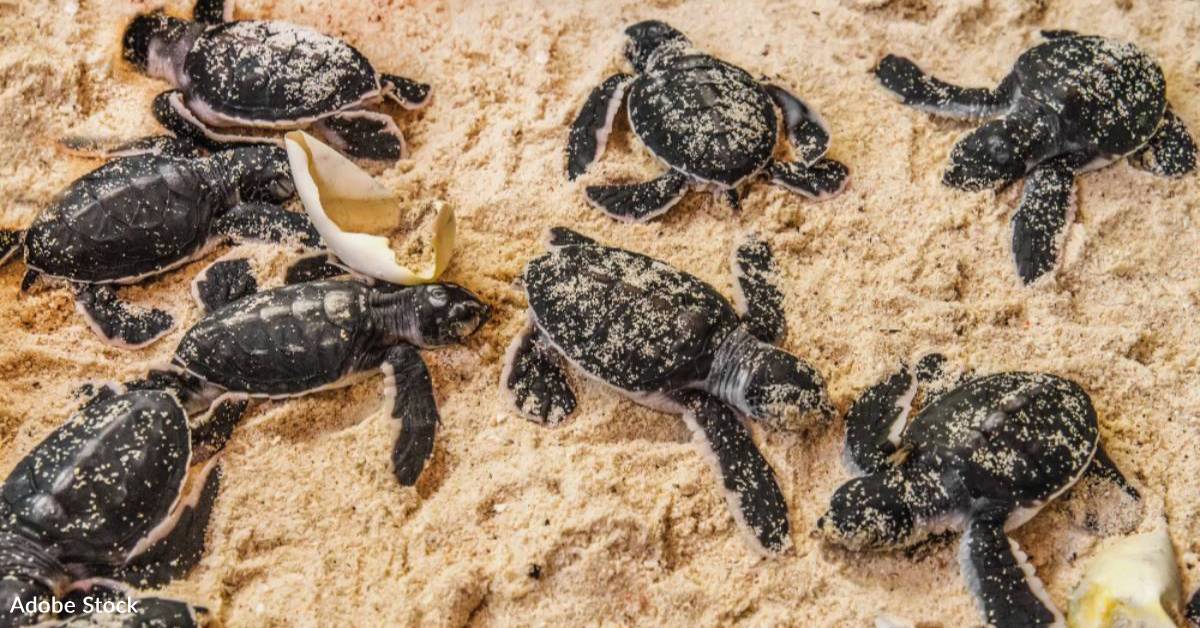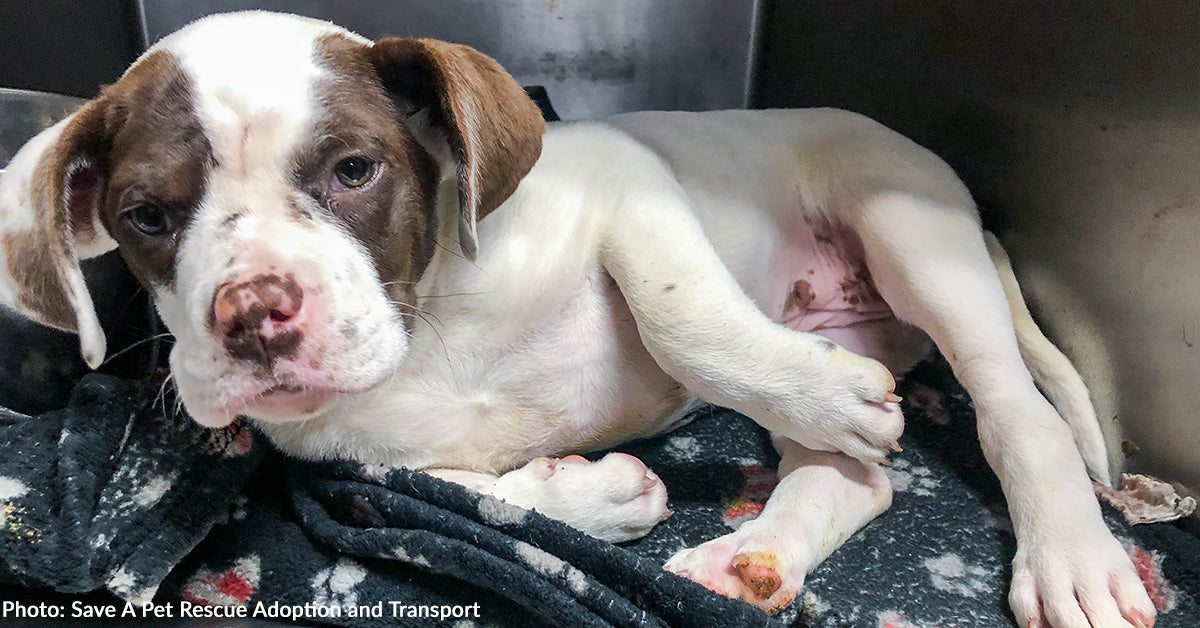Conservation Teams Are Sawing Off Rhino Horns to Stop Brutal Killings And It’s Working

In the fight against wildlife crime, conservationists are making a grim but effective choice: sawing off the horns of live rhinos to protect them from poachers.
A new multi-year study of rhino protection methods across South Africa has confirmed what field experts have long suspected — dehorning works. Across eight nature reserves, this strategy slashed poaching rates by 78% over seven years, all while consuming just a fraction of the overall protection budget, The Guardian reports.

Rhino horns are made of keratin, the same as human fingernails.
Fighting Demand with Absence
The logic behind the practice is simple. Poachers kill rhinos for one reason: their horns. By preemptively removing that target, conservation teams take the financial incentive off the table. According to The Washington Post, dehorning reduces the likelihood of a rhino being poached in a given year from 13% to just 0.6%.
Rhino horn is composed of keratin, the same substance found in human nails. It’s wrongly believed to have medicinal properties in parts of Asia, fetching as much as $65,000 per kilogram on the black market. This has fueled a steady slaughter that has wiped out hundreds of thousands of rhinos in the last century.
Veterinarians remove the horn with a chainsaw after sedating the rhino and covering its eyes and ears. The process causes no pain and must be repeated every 18 to 24 months as the horn grows back.
“There’s no doubt it saved hundreds of rhinos’ lives,” researcher Timothy Kuiper told Deseret News.

Rhino horn can fetch up to $65,000 per kilogram on black markets.
A Necessary Evil in a Corrupt System
Though effective, dehorning is not without ethical and ecological concerns. Rhinos use their horns to defend themselves, claim territory, and forage. Some studies have shown that dehorned rhinos, particularly black rhinos, become more timid and range less widely. Still, experts argue the tradeoff is worth it.
“A live rhino without a horn… is a lot better than a dead rhino without a horn,” Nina Fascione, executive director of the International Rhino Foundation, told The Washington Post.
Poaching syndicates are deeply embedded in some of South Africa’s most protected areas. Corruption among park staff, law enforcement, and judicial systems has made traditional methods like ranger patrols and surveillance only marginally effective.
“You can catch a poacher and there’s three standing in line to take his place,” Markus Hofmeyr, director of the Rhino Recovery Fund, told The Washington Post.

Dehorning involves sedating the rhino and sawing off the horn safely.
Saving Rhinos on a Budget
Researchers tracked more than 2,200 dehorned rhinos across 11 reserves and found that dehorning, while accounting for only 1.2% of a $74 million protection budget, saved an estimated 70 to 134 rhinos each year.
“The clear benefit of dehorning to reduce local poaching rates is striking,” wildlife ecologist Jasper Eikelboom told Science News.
And yet, the solution is temporary. Poachers have still killed at least 111 dehorned rhinos, some just weeks after the procedure. A portion of the horn must be left intact to avoid injuring the animal, and even that small stub can be enough to draw poachers.

Dehorning slashed poaching by 78% in eight South African reserves.
Not a Long-Term Fix
Experts stress that dehorning is a stopgap, not a cure.
“Dehorning is not a silver bullet,” said Kuiper.
It buys time, but it doesn’t address root causes like poverty, corruption, and the persistent demand for rhino horn. Some propose more radical approaches, like legalizing regulated horn trade or investing heavily in alternative livelihoods for communities near rhino habitats.
Still, in a world where African rhino populations have plummeted from 500,000 a century ago to fewer than 28,000 today, the pressure to act quickly is intense. Sharon Haussmann, a respected conservationist who recently passed away, was a key player in organizing these protection efforts. According to The Guardian her work embodied the kind of collaboration and courage it takes to test bold ideas in the face of extinction.
Even the most reluctant advocates agree.
“It’s very effective,” said Kuiper to the Deseret News. “It’s kind of a necessary evil.”




